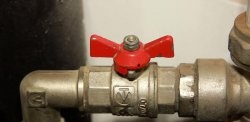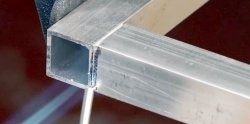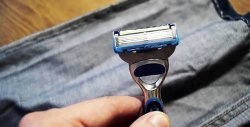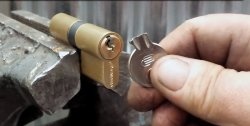A cheap way to quickly remove limescale from the walls of the toilet
Limescale and urinary stone are the main pollutants of the toilet bowl. The cause of deposits is usually tap water, the quality of which is far from ideal. Plaque on the walls creates a repulsive impression, which forces housewives to constantly fight to keep their plumbing clean using expensive detergents.
Now we will look at a reliable and affordable method that can cope with even the most complex deposits.
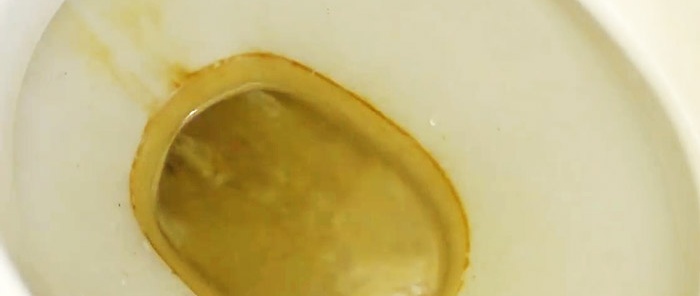
To clean the toilet from limescale and urinary stone you will need:
All the necessary ingredients can be purchased at your nearest pharmacy.
The first thing you should do is empty the toilet. The easiest way to do this is with an empty plastic bottle. An alternative is to push the water down the drain using a plunger.

Now we begin to prepare the working solution.Add ammonia and hydrogen peroxide to the previously prepared water. Mix the solution thoroughly. Due to the specific odor of ammonia, the solution should be prepared in a ventilated area. There should be no children or pets near you. We use latex gloves to protect our hands.
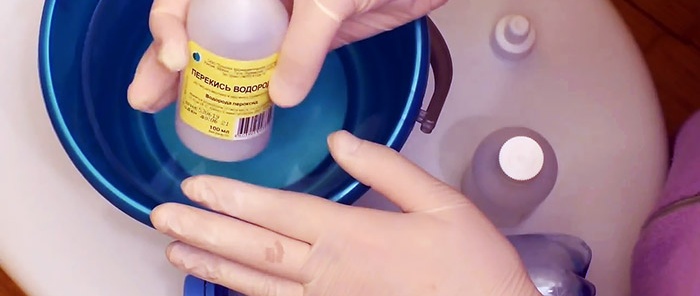
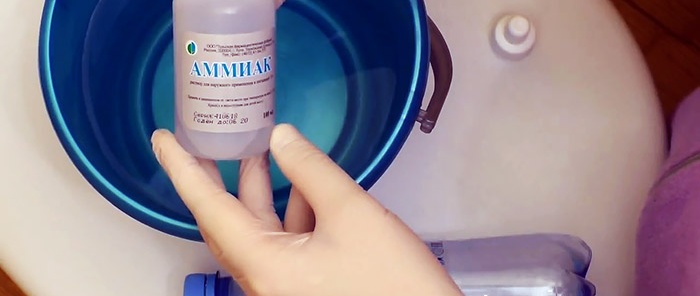
Pour the prepared solution into the toilet. To achieve the best effect and disinfect the surface, you should distribute the composition along the walls of the toilet using a toilet brush.
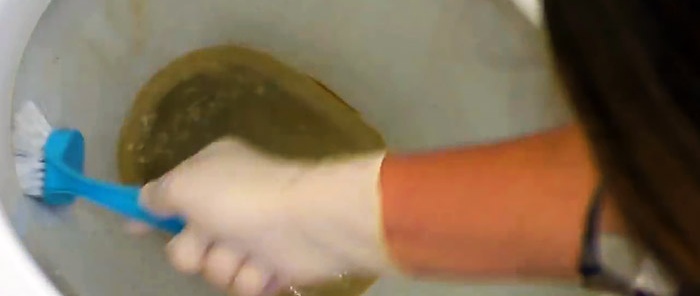
Close the lid and wait for several hours. The waiting time depends on the degree of contamination. As practice shows, the composition copes with any deposits overnight. At the same time, do not forget about ventilation of the room - turning on the hood will get rid of the unpleasant odor.
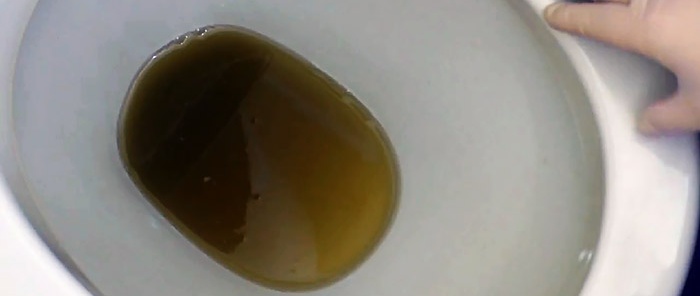
The changed color of the water indicates that the plaque has completely dissolved. Now all that remains is to go over the walls with a brush, wash the solution down the drain and enjoy the cleanliness. You can evaluate the result from the following photo.
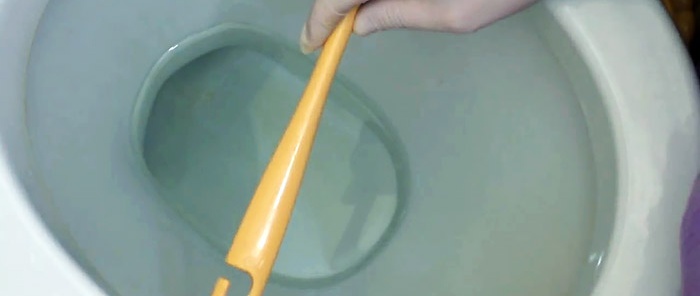
The only drawback of this method is the unpleasant smell. However, this inconvenience is compensated by the cleaning efficiency. Residents of the private sector who have biological treatment stations installed should also be careful. Aerobic bacteria in septic tanks do not tolerate interaction with ammonia. In this case, it is necessary to use special cleaning products based on organic compounds.
Now we will look at a reliable and affordable method that can cope with even the most complex deposits.

Will need
To clean the toilet from limescale and urinary stone you will need:
- Water – 2 l;
- Hydrogen peroxide – 100 ml;
- Ammonia – 50 ml;
- Latex gloves – 1 pair;
- Empty plastic bottle 0.5 l.
All the necessary ingredients can be purchased at your nearest pharmacy.
Procedure for removing limescale
The first thing you should do is empty the toilet. The easiest way to do this is with an empty plastic bottle. An alternative is to push the water down the drain using a plunger.

Now we begin to prepare the working solution.Add ammonia and hydrogen peroxide to the previously prepared water. Mix the solution thoroughly. Due to the specific odor of ammonia, the solution should be prepared in a ventilated area. There should be no children or pets near you. We use latex gloves to protect our hands.


Pour the prepared solution into the toilet. To achieve the best effect and disinfect the surface, you should distribute the composition along the walls of the toilet using a toilet brush.

Close the lid and wait for several hours. The waiting time depends on the degree of contamination. As practice shows, the composition copes with any deposits overnight. At the same time, do not forget about ventilation of the room - turning on the hood will get rid of the unpleasant odor.

The changed color of the water indicates that the plaque has completely dissolved. Now all that remains is to go over the walls with a brush, wash the solution down the drain and enjoy the cleanliness. You can evaluate the result from the following photo.

Conclusion
The only drawback of this method is the unpleasant smell. However, this inconvenience is compensated by the cleaning efficiency. Residents of the private sector who have biological treatment stations installed should also be careful. Aerobic bacteria in septic tanks do not tolerate interaction with ammonia. In this case, it is necessary to use special cleaning products based on organic compounds.
Watch the video
Similar master classes
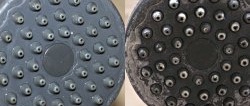
How to easily remove limescale from a watering can in just a few minutes
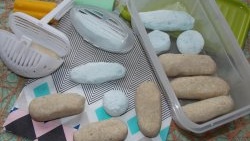
How to make a toilet freshener with your own hands
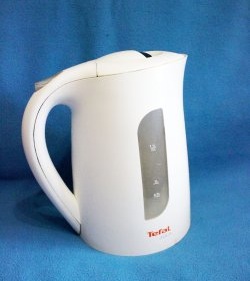
Cleaning the electric kettle: the most environmentally friendly and affordable method

A quick and 100% way to eliminate a leaking toilet cistern
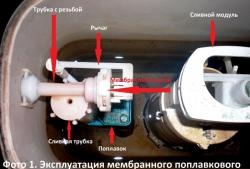
Toilet cistern repair

Removing fogging from the toilet cistern
Particularly interesting
Comments (5)

